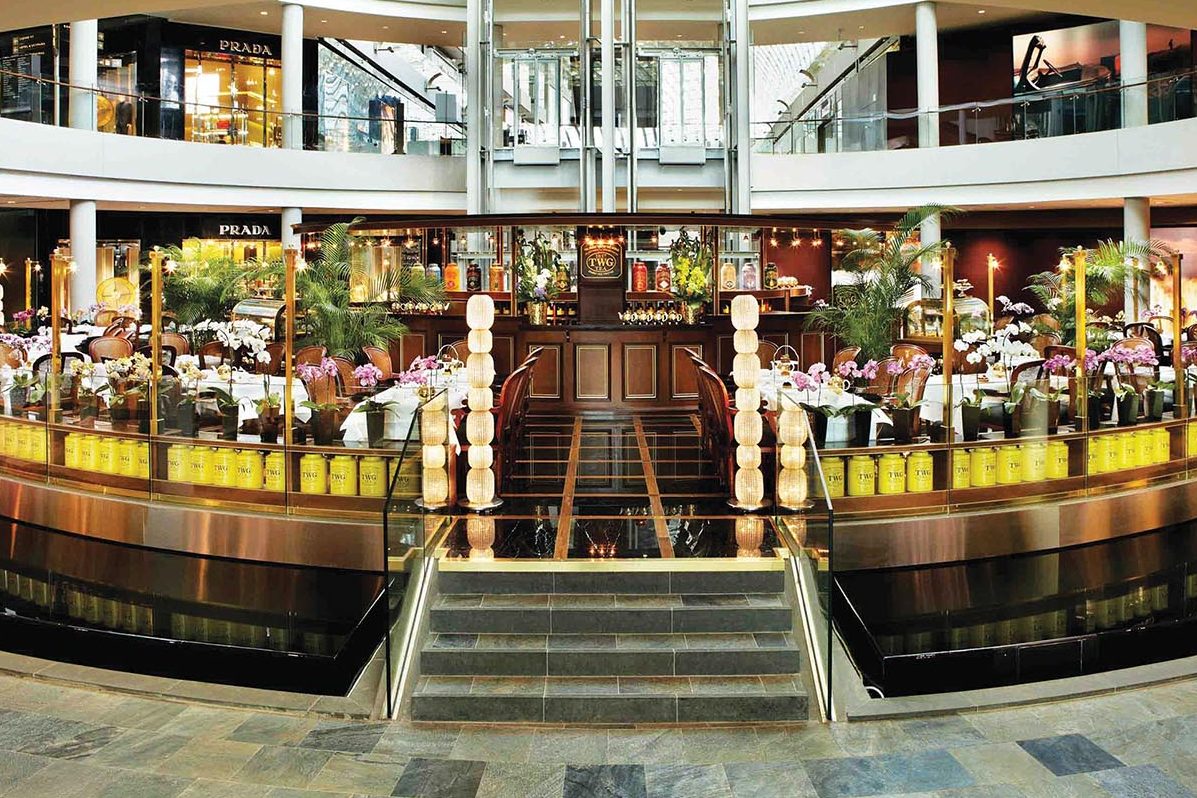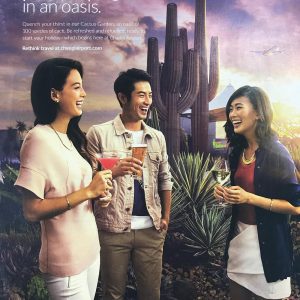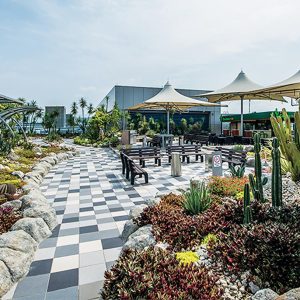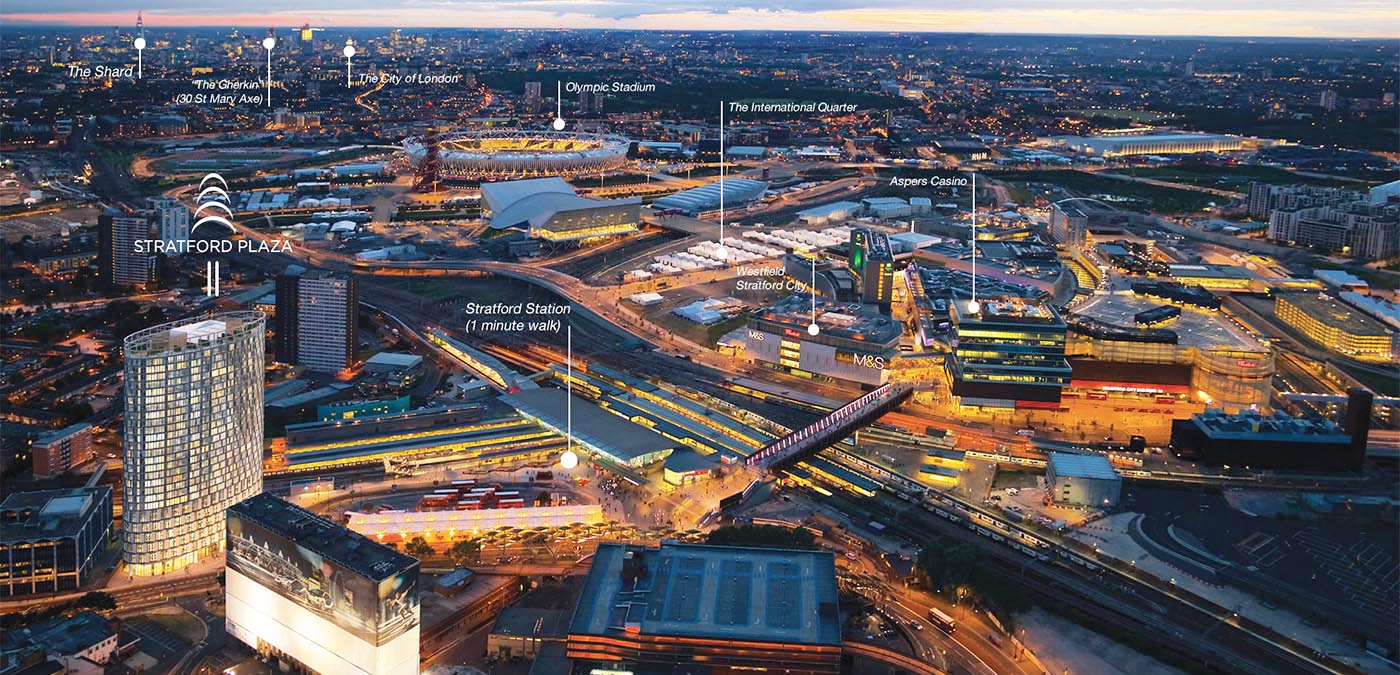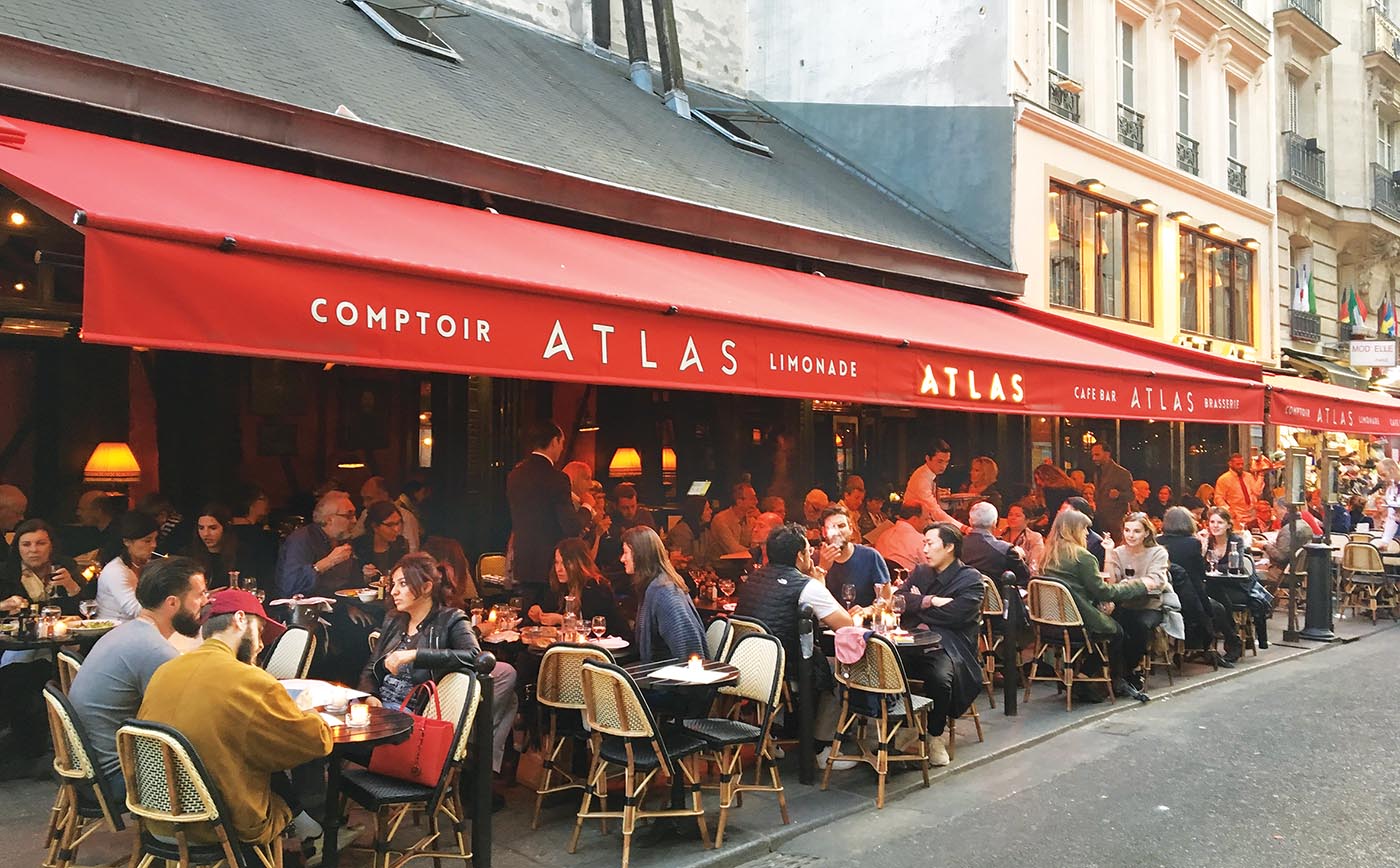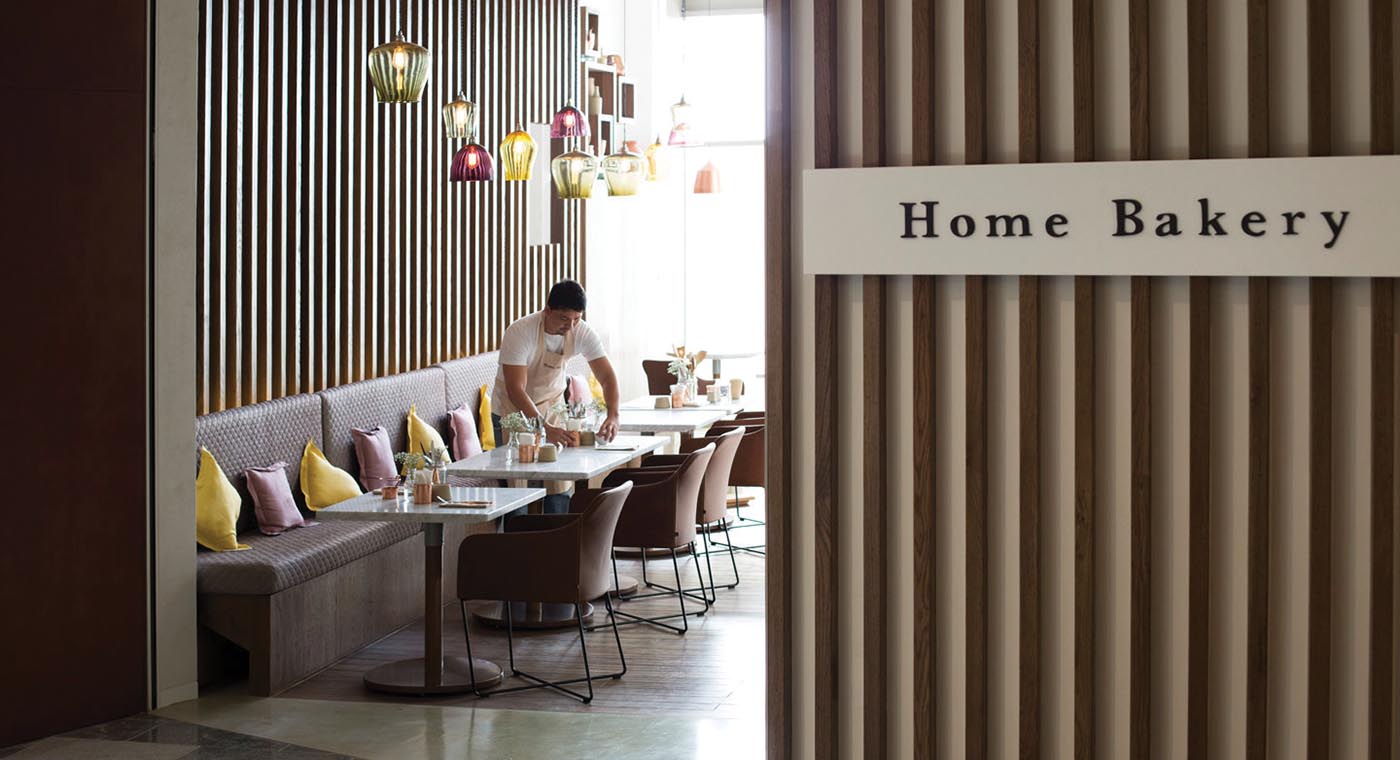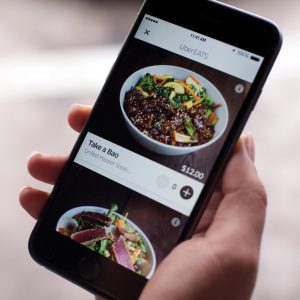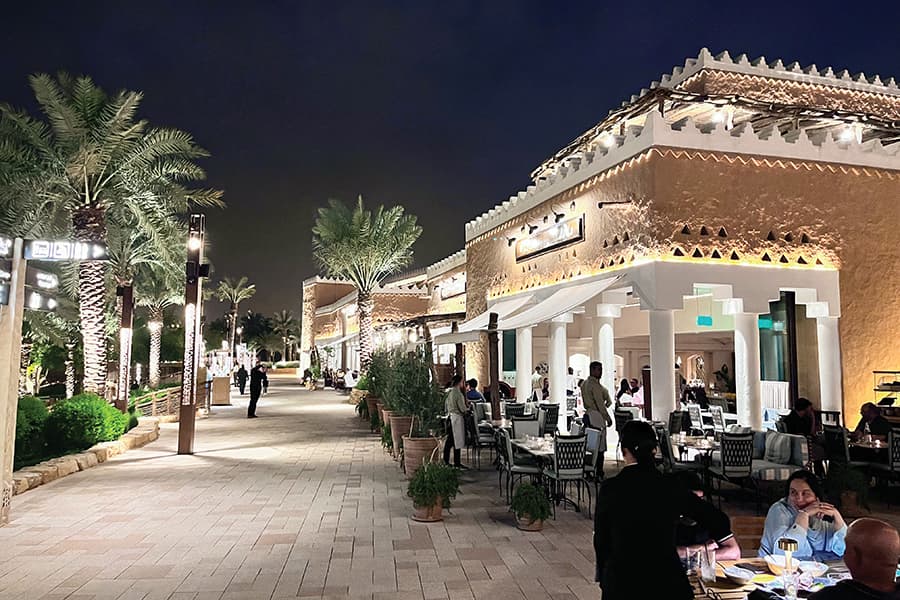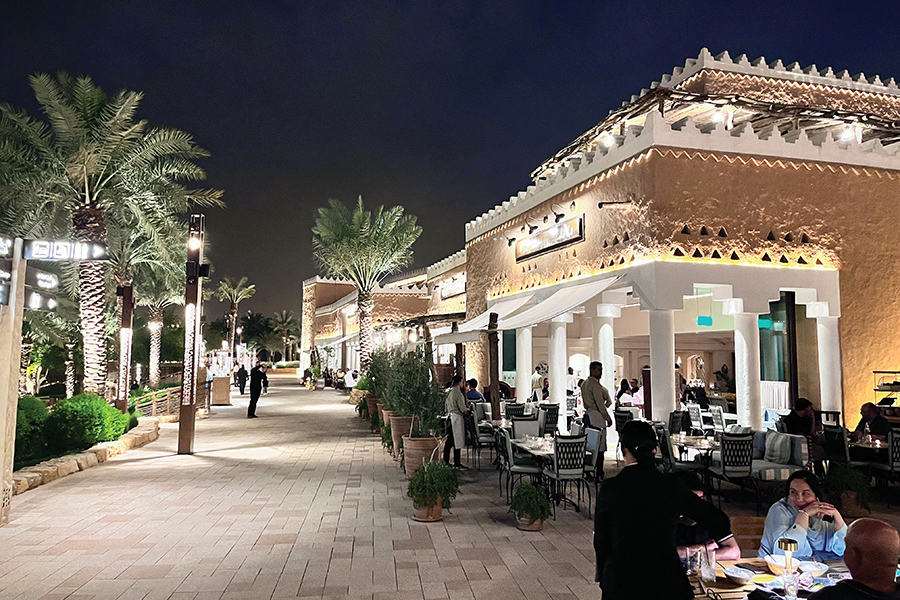In this two-part series, Francis Loughran maintains that food and hospitality will be a bigger anchor than a department store or any other ‘traditional’ retail operation. It’s a big call but he sets out to prove his theory!
If you want to be remembered, evoke an emotional connection
Future Food is currently working on projects in 11 countries with each country having its own culture, traditions, cuisines, social structures and business nuances. But one thing they all have in common is food and the desire to eat global, act local and to maximise the personal experiences of both. As food and its associated elements of nourishment, social connection and cultural experience continue to grow in today’s informed society, the basis from which to masterplan hospitality environments in retail centres, malls, airports, waterfront developments and the like requires development and centre management teams to rethink the value of food and hospitality on many levels, above and beyond its asset value.
As with every centre development, the commercial imperatives for the project are clear:
1. To give more customers more reasons to visit more often, to stay longer and to spend more
2. To attract bigger spenders – food, plus beverage, plus movie ticket, plus parking equates to a big spend and there’s not a shopping bag in sight.
Then, let the shopping begin.
One major consideration for any development team nowadays is to increase food-focused foot traffic and to ensure that the centre’s credibility as a culinary destination is secured, reaffirmed and is aligned with all entertainment, cultural, arts, wellbeing and fashion programs the centre has on offer. Future malls around the globe will be making their motto for food and hospitality ‘The Global Hub for Culinary Excellence’, thereby promising a food and entertainment mix that is 100% set to be experiential.
The retail centres, airports, mixed-use developments and waterfront precincts of the future should all have a strategic agenda to ensure that not only the mix, volume and marketing is planned precisely to the customer but also the management of food and entertainment in these precincts is elevated above their competitors, culminating in unrivalled customer experiences that people want to come back for.
What we know now is that food and hospitality in the retail centre of the future will be a bigger anchor than a department store, an FEC and any fashion major.
Why? Because it is economically limitless if curated to the highest global best practice standard. Done well, your hospitality and food offer could place your centre or airport on both the national and global map e.g. Emporium Melbourne or Dubai Airport. Around the globe, the growth of food eaten outside the home has never been greater and data confirms that the future of retail is food.
The first step in masterplanning any mixed-use project is to ask the question, who is my customer and what do they want?
CBRE Research – food & beverage in a centre indicates:
- 80% of people visit shopping centres at least once a month
- 42% of people visit shopping centres at least weekly
- In UAE 60% of people surveyed visit shopping centres just to eat or drink
- 41% prefer to eat or drink in shopping centres whilst on a shopping trip
Source: CBRE EMEA Research 2015
A customer-centric approach to food and hospitality allows the masterplanner to easily connect with the ’emotional’ side of the customer. A futuristic approach to masterplanning food and hospitality requires a multidisciplinary approach calling on the key areas of expertise of lifestyle trends, socioeconomics, demographics, geographical location, culinary creativity, culture, religion, commerce, brand value, retail principles, local know-how and the community which the precinct is servicing.
Neighbourhood strip, regional shopping centre or mega mall, our retail centres must plan to be experiential when it comes to food and entertainment. Shoppers today are seeking more than products and services from their retail centre. Many wish to escape the built-up environments of our modern cities, the ever-increasing 75m2 apartment on the 23rd floor or the sprawling suburban housing estate.
Many apartments of the future will be ‘in the cloud’ villages sitting above our shopping malls where people can take the lift down and immerse themselves in spaces where hospitality and experience are offered e.g. Westfield Stratford, London.
- Airports are now shopping centres with landing rights offering a range of experiential and immersive options to travellers and non travellers
People yearn for social connection and our retail centres provide this in a safe and secure environment, in the form of affordable, diverse, beautiful and welcoming food and entertainment destinations.
From a tea salon to a sports bar, from a food court to a top-tier chef concept, the increasing trend, as proven throughout Asia, the Middle East and some parts of Europe is for an immersive style of eating and entertainment which encompasses different areas of local life – culinary, culture, history, business, community, wellness, business and socialising. This forms the basis of a holistic ‘mall’ experience, allowing customers to connect with a place rather than just visiting it. Food markets around the world have enjoyed this ‘strong sense of connection and belonging’ for many years.
- Westfield Stratford City Centre expansion
- TWG Tea Salon, Marina Bay Sands, Singapore
- Atlas Bistro, Paris – delivering hospitality as it should be
- Home Bakery, Galleria Mall, Abu Dhabi – local is best. Customised to local taste and tradition with 99% Emirates customers
So how do retail and hospitality masterplanners apply the ‘E’xperience factor to ensure the following popular volume-based food destinations are customer-centric and commercially maximised?
It’s not about us, its about them © Future Foods
- How do we remain relevant?
- What can we learn form our urban retail precincts?
- What are the current key market trends?
- Where are the growth opportunities?
We must plan our built environments using a particular set of pre-determined touch-points specific to the execution of a positive and memorable experience. If you want to be remembered, evoke an emotional connection.
Integrated food markets, Asian hawker food halls, cafe courts, dining terraces, rooftop lounges, micro-brewery pubs, cooking schools, food and cultural centres, wine clubs, pop-up stalls, incubator retail pods, mother and child cafes, food truck parks, travel cafes, local-only cafe, farm-to-table shops, vegan concepts, halal and other religious stores, specialist food stores, Asian grocery, European produce market, bookshop cafes, ‘millennial-cafe’, Middle Eastern souk.
What we have to do is ensure that both the developer and the food operator/retailer know what specific criterion is essential and how it should be executed to ensure an experience is delivered, making people feel connected to the space they are using.
The following list is a 10-point summary of how the ‘E’xperience factor has risen to the forefront of strategic planning principles in our fast-growing, urbanised world and communities.
1. Every customer is now a food expert – digitally informed and connected
2. Expanding experiences – food is more than a product or a service
3. Experience is everything when eating, dining, drinking and placemaking
4. Expectations – the digital era has raised the bar
5. Execution – well done or not done at all, including customer-facing staff training
6. Emotions – research, understand, connect, evaluate and realign
7. Evening Economy – do not shut up shop at night
8. Exactly like anything else, be different – define your centre’s unique selling point (USP)
9. Excellence – there’s no finishing line e.g. great coffee, great dining service
10. Evaluate – is it measurable, can you define the metrics?
In a world that is challenged and uncertain, and somewhat frightening at present, help us to build shopping malls and mixed-use developments where people can enjoy the best of an international world combined with the security and comfort of the local and familiar.
- Digitally connected dining at your fingertips from casual to fine dining including the Rockpool Group


